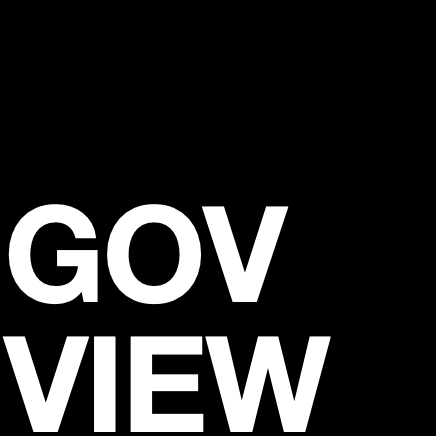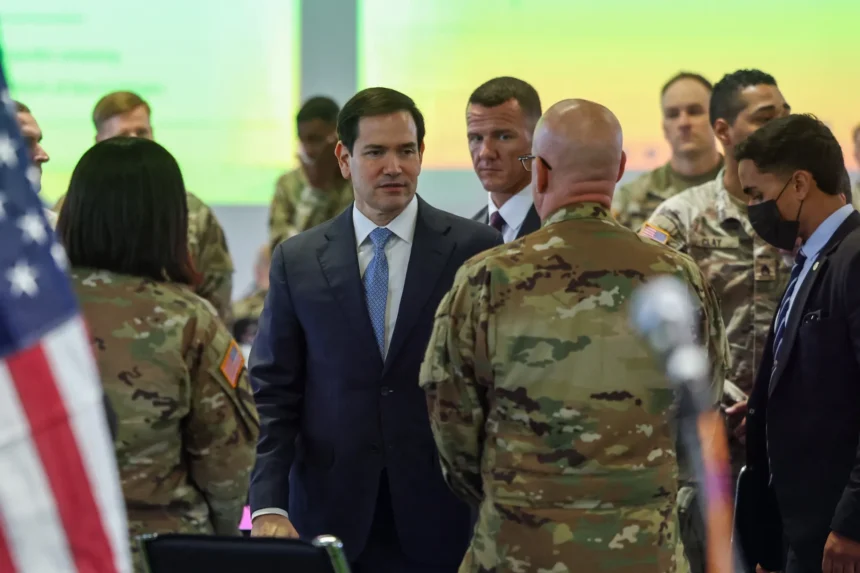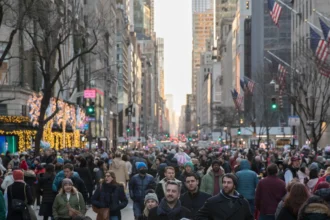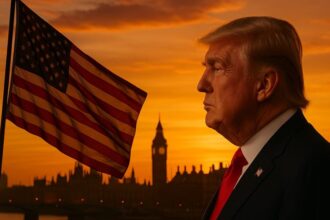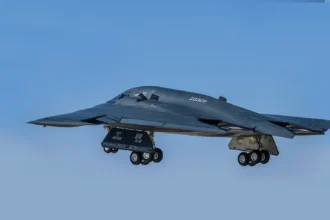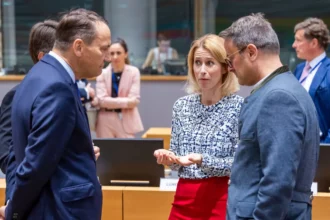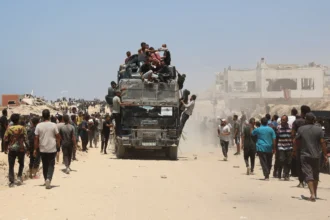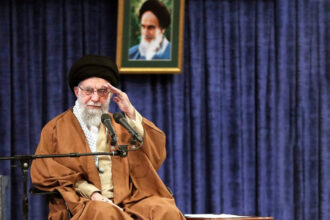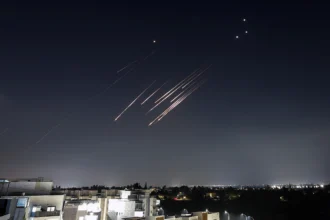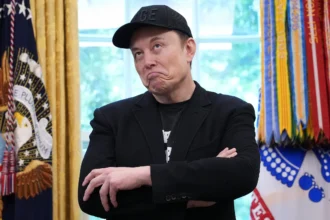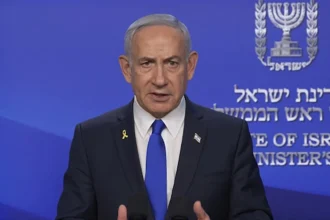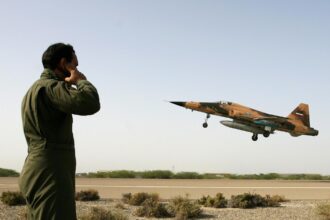In a high-profile diplomatic move amid one of the most fragile moments in Middle Eastern geopolitics, U.S. Senator Marco Rubio visited Israel’s military command hub near Gaza, signaling direct American engagement in post-conflict planning and security coordination. The visit, which included closed-door meetings with senior Israeli defense officials, comes as Washington attempts to preserve momentum behind a controversial regional peace and reconstruction plan aimed at stabilizing Gaza following months of conflict.
Rubio’s diplomatic presence was widely seen as a strategic message to both allies and adversaries: the United States is not stepping back from Middle Eastern security dynamics, despite internal political divisions and growing demands for foreign policy restraint at home.
A Visit at a Critical Juncture
Rubio, a senior member of the U.S. Senate Foreign Relations Committee and a known foreign policy hawk, was briefed on current Israel Defense Forces (IDF) operations and command coordination for Gaza’s future security architecture. The Florida Republican—long seen as a leading U.S. voice advocating a strong alliance with Israel—reinforced Washington’s commitment to Israel’s right to self-defense but paired it with clear expectations.
“We stand firmly with our ally Israel,” Rubio said during the visit. “But lasting security can only be achieved through a strategic peace plan that prevents Gaza from ever again becoming a launchpad for extremism.”
While Rubio stopped short of advocating a permanent Israeli military presence in Gaza, his remarks hinted at a long-term multinational security arrangement, possibly coordinated with U.S., Egyptian, and Arab partners.
Inside Washington’s “Phased Peace” Strategy
Rubio’s trip aligns with growing bipartisan pressure in Washington to shape Gaza’s political future before Iran-backed militant groups attempt to fill the power vacuum. According to U.S. officials, a three-stage framework is emerging:
| Phase | Objective | Key Actors |
|---|---|---|
| Phase 1 | Stabilization & humanitarian access | IDF, U.S. CENTCOM, Egypt |
| Phase 2 | Security transition with Arab coalition support | Jordan, UAE, Egypt, Qatar |
| Phase 3 | Governance under reformed Palestinian Authority | International donors, World Bank |
Rubio signaled cautious approval of the plan, but insisted “U.S. interests must be protected, and Gaza must never again be under the control of terrorist groups.” He emphasized that foreign reconstruction funding must be tied to strict security guarantees—a message aimed squarely at Qatar and Turkey, two nations accused of enabling militant financing.
A Show of Power Politics
Beyond policy statements, Rubio’s presence carried strong geopolitical symbolism:
- For Israel, it signaled sustained American security backing amid increasing friction with European governments.
- For Hamas and Iran, it was a reminder that the U.S. will remain deeply embedded in the military and diplomatic outcome.
- For Arab states, it signaled Washington’s support for a wider Arab-Israeli strategic realignment—a pathway that quietly continues despite public tensions.
“Senator Rubio’s visit is not routine,” said a former Israeli intelligence official. “It is a message to Tehran that the U.S.-Israel alliance is not weakening.”
Growing Debate in Washington
Rubio’s involvement suggests growing congressional impatience with open-ended military engagements without political resolution. Sources in Washington say Rubio is among a group of lawmakers pushing the administration to define victory in Gaza and deliver a clear post-war exit strategy for Israel.
At the same time, he has resisted calls for conditioning U.S. military aid to Israel—breaking with a faction of Democrats who are demanding stricter oversight of Israeli operations.
The divide reflects a growing debate in U.S. foreign policy circles: Can security and peace be advanced simultaneously in Gaza, or must one be prioritized first?
Pushback From All Sides
The Senator’s visit triggered reactions from across the region.
- Palestinian officials criticized the tour as “political theater” and argued that true peace requires a Palestinian political roadmap, not just militarized security planning.
- Arab reformists called Rubio’s focus on regional security “realistic,” but warned that ignoring governance and economics in Gaza would risk another cycle of conflict.
- Human rights organizations condemned what they view as the militarization of peace negotiations.
Despite criticism, Rubio doubled down:
“Peace is not achieved through naïve promises. It’s achieved through strength, credible deterrence, and a plan that eliminates threats before they reemerge.”
Strategic Outcomes: What Comes Next?
Diplomats say Rubio’s trip marks a tactical shift: Washington is now moving from crisis management to geopolitical engineering in Gaza. The U.S. is pushing for Arab state involvement, not only to stabilize Gaza, but to lock Iran out of the Mediterranean corridor.
Key Implications:
- U.S.-Israel defense ties deepen further
- Arab security coalition talks accelerate
- Reconstruction to come with strict anti-terror funding conditions
- Iran expected to escalate via proxy forces in Lebanon and Syria
- China and Russia watching for U.S. missteps to exploit influence vacuum
Conclusion: A Defining Diplomatic Test
Rubio’s visit underscores a new reality: Gaza is no longer just a local conflict—it is now a cornerstone of global power strategy. The path forward involves diplomacy backed by deterrence, regional partnership balanced with political reform, and peace efforts intertwined with security enforcement.
Whether this formula succeeds—or simply resets the cycle of war—remains one of the defining foreign policy questions of the decade.
